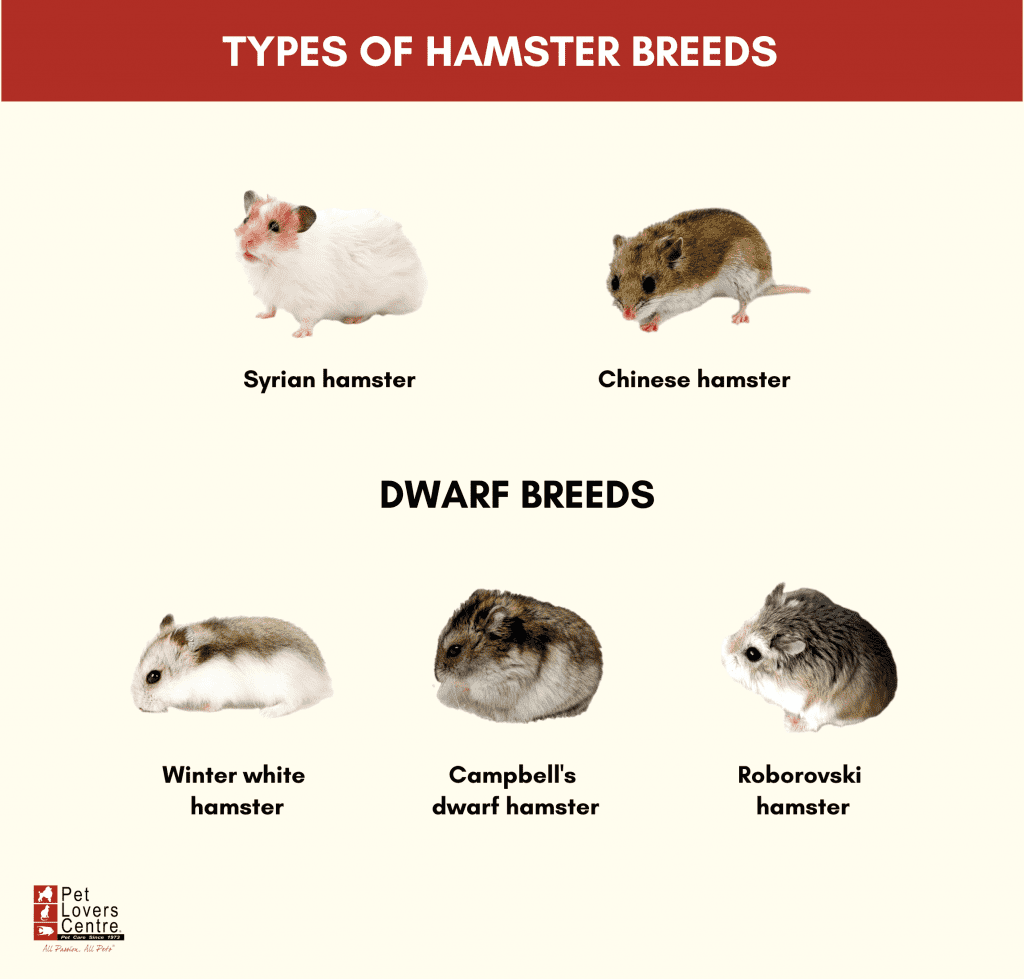The Ultimate Hamster Breed List
Hamsters are popular small pets, known for their adorable appearance and playful nature. This ultimate guide provides an in-depth look at various hamster breeds, their characteristics, and care tips. Whether you’re considering adopting a hamster or you’re just a pet enthusiast, understanding the differences between hamster breeds can help you choose the right one for your lifestyle.
Different Types of Hamster Breeds
There are numerous hamster breeds, each with unique traits and personalities. The most common types include Syrian, Dwarf, and Chinese hamsters. below, we will delve into each breed, examining their characteristics, temperament, and care requirements.
1. Syrian Hamsters
Syrian hamsters, also known as golden hamsters, are the largest and most popular breed kept as pets. They typically weigh between 120 to 150 grams and can live up to 2-3 years. This breed is best kept alone due to its territorial nature. An important aspect of owning a Syrian hamster is providing ample space; a spacious cage and enriching environment are crucial for their well-being.

Temperament and Care for Syrian Hamsters
Syrian hamsters are known for their gentle and docile nature, making them ideal pets for children and families. They can be friendly once socialized; however, they may bite when frightened or mishandled. It’s essential to handle them with care and to build trust over time. A varied diet, including fresh fruits and vegetables, as well as high-quality pellets, is imperative for their health. Regular exercise and exploration time outside their cage will help prevent obesity.
Dwarf Hamsters
Dwarf hamsters are known for their small size, making them an excellent choice for those with limited space. There are several variations of dwarf hamsters, including the Roborovski, Campbell’s, and Winter White hamsters. Each has its distinct characteristics, but they generally thrive in pairs or small groups.
Roborovski Hamsters
Roborovski hamsters are the smallest of the dwarf hamsters, weighing only about 20-25 grams. They are very active and enjoy running, so a large cage will keep them happy. While they are less prone to nipping, their speed can make them challenging to handle, so they are best enjoyed watching rather than holding.

Campbell’s Dwarf Hamsters
Campbell’s dwarf hamsters resemble Roborovski hamsters but are slightly larger, typically weighing around 30-50 grams. They are friendly and can become tame with regular handling but might display some territorial behavior if not properly socialized. A compatible pair or group can thrive together, depending on their upbringing.
Chinese Hamsters
Chinese hamsters are distinguished by their long bodies and short legs. They are slightly larger than dwarf hamsters, weighing around 40-50 grams and enjoying solitary or social living. Though they might be more shy than other breeds, they can form strong bonds with their owners.
Chinese Hamster Characteristics
This breed tends to be curious and intelligent, often enjoying time outside their cages for exploration. When handling a Chinese hamster, it’s important to be gentle and patient. They affirmatively vocalize when they’re content, making for an energetic and interactive pet.

Important Care Tips for Hamster Breeds
No matter which breed you choose, there are essential care tips to enhance your hamster’s health and happiness. It’s vital to provide fresh water, a clean habitat, and a balanced diet. Excessive handling or stress must be avoided, particularly for more skittish breeds.
Housing and Enrichment
The cage size and setup are pivotal in a hamster’s life. Generally, a multi-level cage with plenty of hiding spots, exercise wheels, and chew toys lets your hamster explore and stay healthy. Enrichment activities spark curiosity and reduce boredom. Regular cleaning, ensuring waste is removed promptly, and maintaining a pleasant environment prevents diseases and stress.
Health and Wellness
Regular health checks are essential. Look for signs of illness, such as excessive scratching, lethargy, or unusual behaviors. A proper diet comprises high-quality pellets, along with occasional treats and vegetables. Careful veterinarian checks ensure your pet’s well-being and address any issues promptly.
Key Takeaways
- Understand the specific characteristics of different hamster breeds to choose the right one for your home.
- Syrian hamsters require solo living due to territorial behavior, while dwarf hamsters can thrive together.
- Important care tips for all breeds include proper housing setup, enrichment activities, and regular health checks.
FAQ
1. What is the lifespan of hamsters?
Most hamsters live around 2 to 3 years, although some can live longer with proper care. Syrian hamsters tend to have a longer lifespan compared to dwarf hampsters, due to their size and care requirements.
2. Can hamsters live together?
Some hamster breeds, particularly dwarf hamsters, can live happily in pairs or groups if raised together from a young age. However, Syrian hamsters are solitary animals and must be housed alone.
3. Are there hypoallergenic hamster breeds?
While no hamster breed is entirely hypoallergenic, some owners report fewer allergic reactions from dwarf hamster breeds compared to others. It’s advisable to spend time around the specific breed before committing to adoption.
4. How do I properly socialize my hamster?
Socializing your hamster involves regularly interacting with them via gentle handling and providing treats. Start slow, and create a comfortable environment for their interactions to build trust and affection.
5. What should I feed my hamster?
A balanced diet for a hamster should include quality pellets, fresh vegetables, and occasional fruits. Avoid sugary or high-fat treats which can lead to obesity and health problems.
6. How often should I clean my hamster’s cage?
Your hamster’s cage should be cleaned regularly, ideally once a week. Spot cleaning to remove waste daily is crucial in keeping their habitat hygienic and healthy.
—
This article covers various aspects of hamster breeds focusing on their characteristics, care, and important tips to consider for prospective and current hamster owners. Enjoy your time with these delightful pets!
